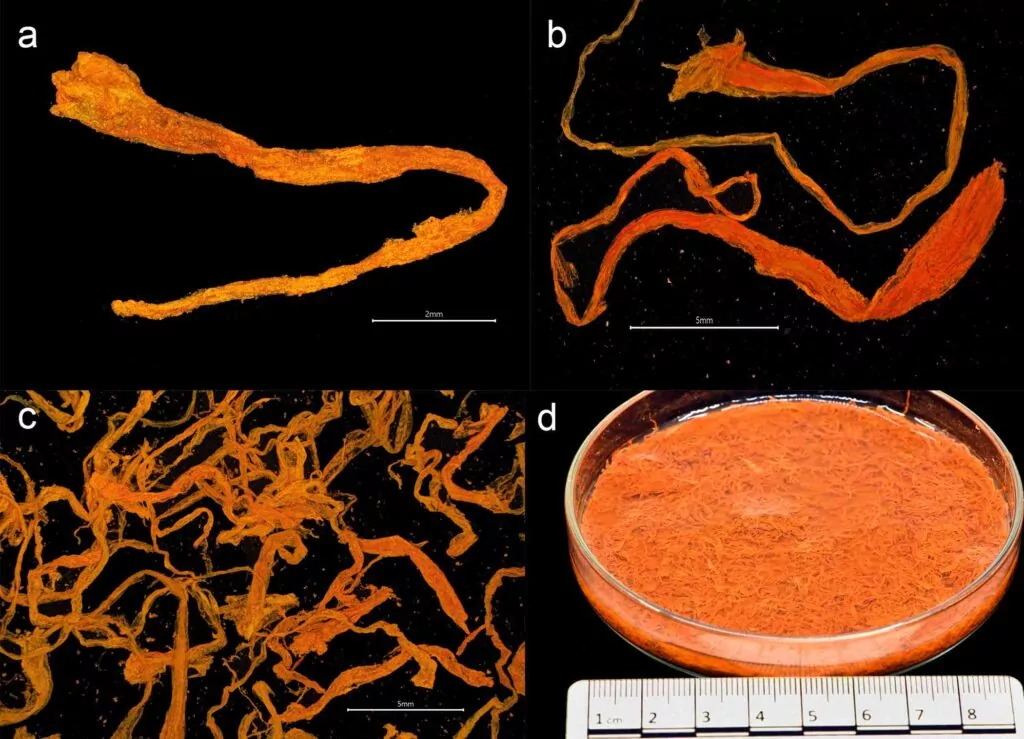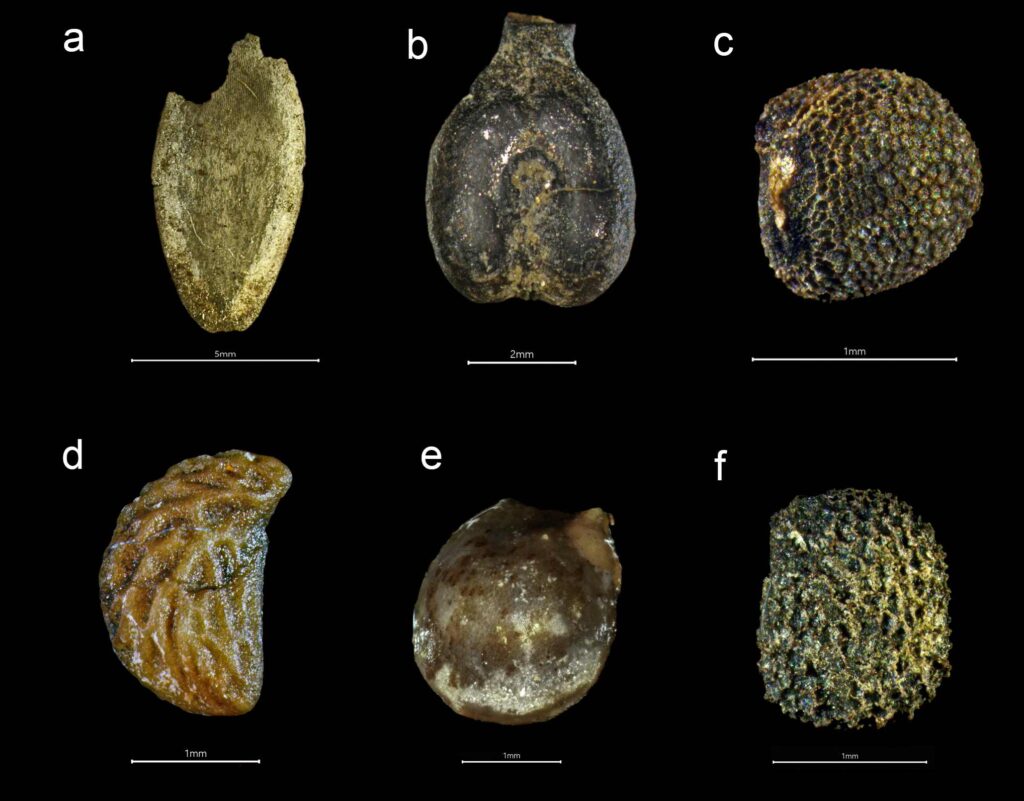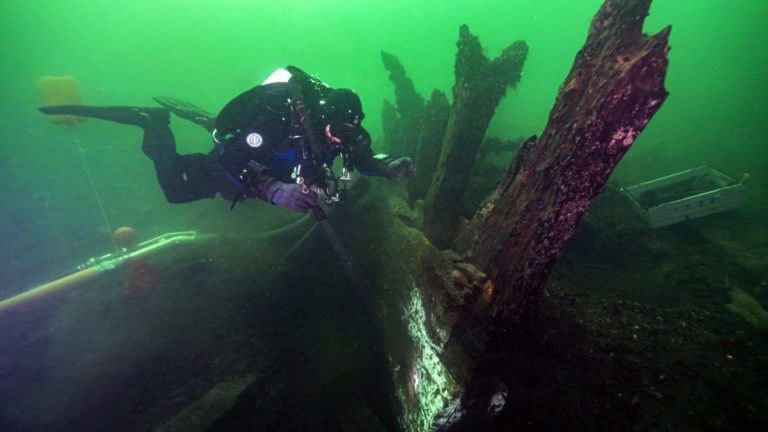Underwater archaeological investigations into the 15th-century Baltic wreck of the warship Gribshunden have revealed an array of exotic spices imported from distant shores and intended to impress – including saffron, ginger, cloves, peppercorns and almonds.
Also read: Rare Baltic shipwreck yields new secrets
The 35m timber vessel, which lies around 10m deep off Ronneby in southern Sweden, is considered to be the world’s best-preserved example of the type of ship used by Christopher Columbus and Vasco da Gama on their voyages of discovery.
Described as the “floating castle” of King Hans of Denmark & Norway, the monarch’s flagship was discovered by local divers in the 1970s but identified as the Gribshunden (Griffin-Hound) only 10 years ago.
On Gribshunden’s final voyage in 1495, Hans had expected to be elected king of Sweden at a political summit meeting in Kalmar, and was carrying prestigious goods intended to impress the electors. The cause of the sinking remains unexplained, because the maritime archaeologists have found no traces of the explosion and fire referred to in contemporary records.
Royal extravagances

Exotic spices were status symbols among the mediaeval Scandinavian aristocracy, say the team, but until the Gribshunden discoveries made by scuba divers during excavations in 2021 “these extravagances have rarely or never been represented archaeologically”.
Organic remains of cereals, oilseeds, fruit, vegetables, spices, nuts and berries were recovered from the wreck-site and identified through archaeobotanical research, made possible because they had been so well-preserved in the “exceptional” Baltic Sea environment.
The finds included “exotic flavourings with no Nordic-region archaeological precedent: saffron, cloves, and ginger”. Also revealed were peppercorns, mustard, caraway, dill, raspberry and blackberry, cucumber, grape, almonds and hazelnuts.

“Evidence of their use and consumption in medieval Scandinavia has been limited to sparse written references,” says the team. “These opulent status symbols travelled with a mediaeval king en route to a major historical event. The combination of textual and archaeological evidence allows a novel analytical view of the social environment in which these luxurious foods were consumed.”
In 2019 divers on the Gribshunden found one of the earliest firearms ever found on a shipwreck. Then last summer Divernet reported on further weapons discoveries made by the team from Lund University, Blekinge Museum and the Danish Viking Ship Museum. These included artillery pieces and hand-guns, as well as major components of the steering gear and sterncastle.
The new study of “the king’s spice-cabinet”, by Mikael Larsson and Brendan Foley, is published in Plos One.
Also on Divernet: Divers ID Wreck As Vasa Sister-Ship Applet, Swedish Divers Survey British Annie Shipwreck, Divers Date Unique Baltic Shipwreck, Vrak Divers Find 10 More Baltic Wrecks, 6 Historic Wrecks ID’d For Diver Trail, Exploring Baltic Shipwrecks In Sweden

